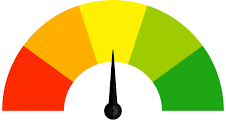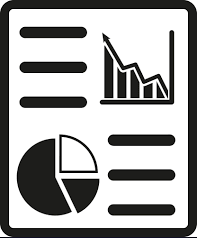Step 6: Analyze Data
Once the Assessment Team has received the assessment data that you collected (Step 5), we will merge your data with institutional data, conduct analyses, and write a customized report of your assessment results.
There are several analyses that we typically include in all of our assessment reports (see below), but we are open to investigating any specific research questions that your program might be interested in.
Our goal is to help you make sense of your assessment data and come up with actionable steps for the future!
Analyses included in a typical IRAPS assessment report:
 |
 |
 |
OVERALL PROFICIENCIES |
COMPARISON TO PAST ASSESSMENT STUDIES |
EQUITY ANALYSES |
|
To what extent are all students,
as a group, meeting the PLO?
|
How are students doing
compared to the last time
the PLO was assessed?
|
To what extent are
specific student subgroups meeting the PLO?
For example, are first-generation students, junior transfers, students of color, and bilingual students meeting the PLO at similar rates as their peers? |
We also offer reports in several different formats:
 |
 |
 |
FULL REPORT |
INFOGRAPHIC(by request) |
TABLES(by request) |
|
|
|
|
Ideal for:
|
Ideal for:
|
Ideal for:
|
After you receive your assessment results from the IRAPS Assessment Team, your next step is to reflect and think about implications (Step 7).

